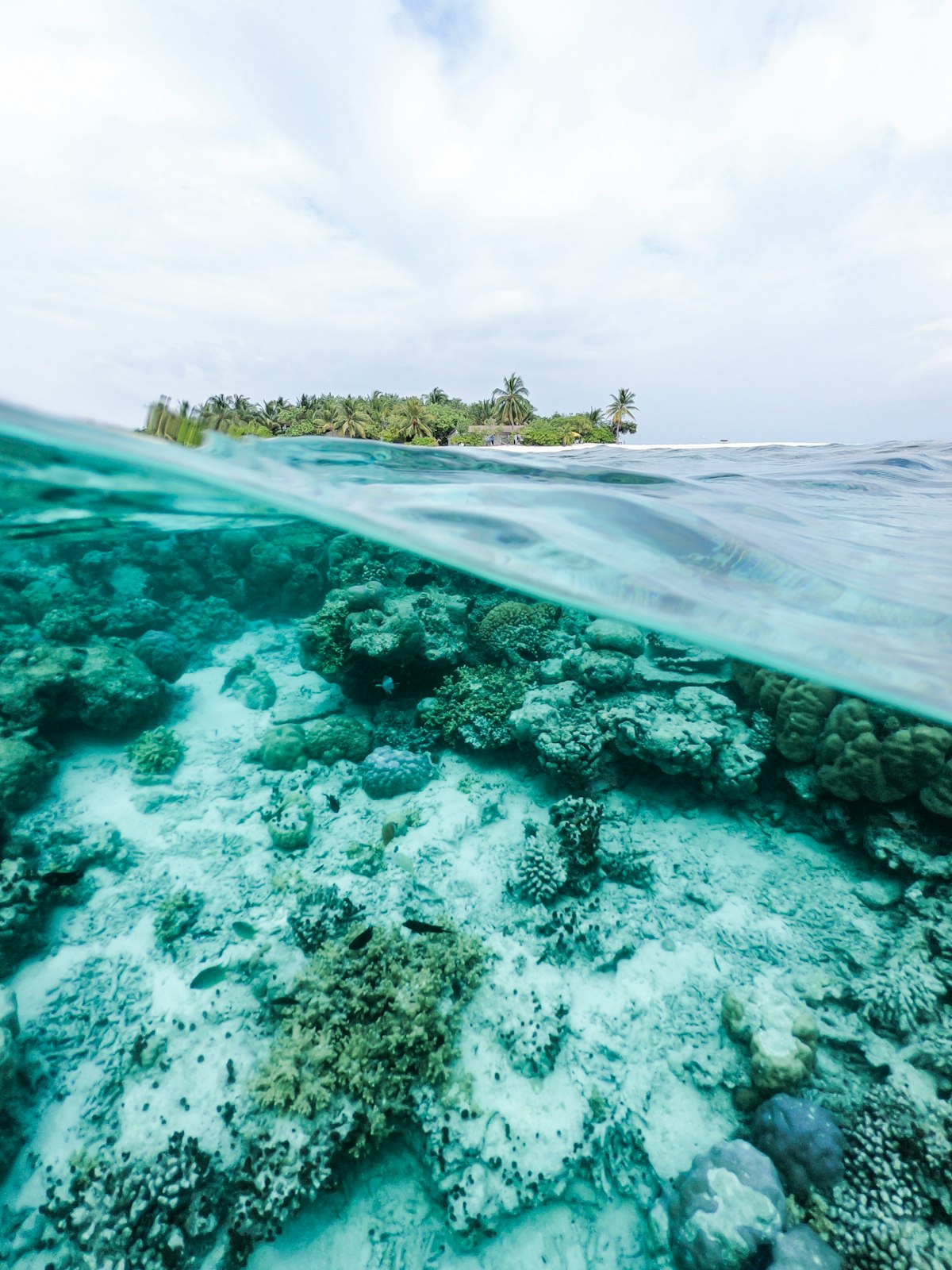Marine ecosystems: Polyp and its friends of the coral reef
In the case of corals, the polyp is a tiny animal that inhabits and builds, with the help of thousands of other polyps, the beautiful coral reefs.

A polyp is a tiny animal that inhabits and builds, with the help of thousands of other polyps, beautiful coral reefs. Polyp lives near the beautiful Mexican island of Cozumel, located in the Caribbean Sea in a beautiful marine garden known by many biologists as a coral reef. Something very characteristic of Polipo's house is that it is very well illuminated by sunlight, as it is located at shallow depths and is always covered with warm, clean seawater.
But Polyp does not live alone, to live well it needs others like itself and Zooxanthella and friends who are very likable seaweeds that have helped Polyp to build its home, in addition to giving it great color. The house is very crowded, so much so that among the biologists' club it is considered to be the densest habitat where a huge variety of marine organisms live. The polyp is very proud of its home because all its members live together in it, sharing responsibilities and functions to achieve a good balance among the community.
Polypus and friends need all children and young people to preserve this beautiful garden. But not only do they need you; all of us humans need the home of Polypus. Thanks to it we have beautiful beaches because most of the sand is formed by the external skeleton of coral polyps. Moreover, we obtain various types of seafood (such as clams, lobsters, and crabs) and edible fish from coral reefs.
The areas near them are also important. Tourist zones are a source of work for many people and, for those of us who do not live there, they are beautiful places where we can enjoy and appreciate nature. Coral reefs are also considered great laboratories where day by day new medicines are discovered and the marine biological diversity is studied and the importance it has to maintain the biological balance of our planet.
Learn more about Polyp's home by reading books and magazines, visiting aquariums and museums. No matter where you live, no matter how old you are, you can help to take care of the Polyp's home, you only need to recycle the garbage from your home or school, turn off the lights when they are not needed, do not waste water, avoid polluting the water and air as much as possible and support the various organizations that have research projects and promote environmental conservation.
What is a coral polyp?
Most corals consist of many small polyps that live together in a large group or colony. A single polyp has a tube-shaped body with a mouth surrounded by tentacles. The polyps of hard corals produce a petriform skeleton of calcium carbonate (limestone or chalk) underneath and around their base. Often, the skeleton forms a cup-shaped structure in which the polyp lives.
When feeding, particularly at night, polyps extend their tentacles to gather food. During the day, or when threatened, the polyps retreat into their protective cups. The tentacles have small stinging cells, called nematocysts, which can shoot venomous harpoons at small animals floating around them. These animals (called zooplankton) serve as food and are brought to the mouth by the tentacles.
Only very few corals, such as fire corals (actually hydroids), have stinging cells powerful enough to affect humans. In addition to capturing food floating in the currents, coral polyps obtain food from tiny plant cells (called zooxanthellae) that live within their tissues.
Sources: Alejandra Alvarado Zink, ERIC,




